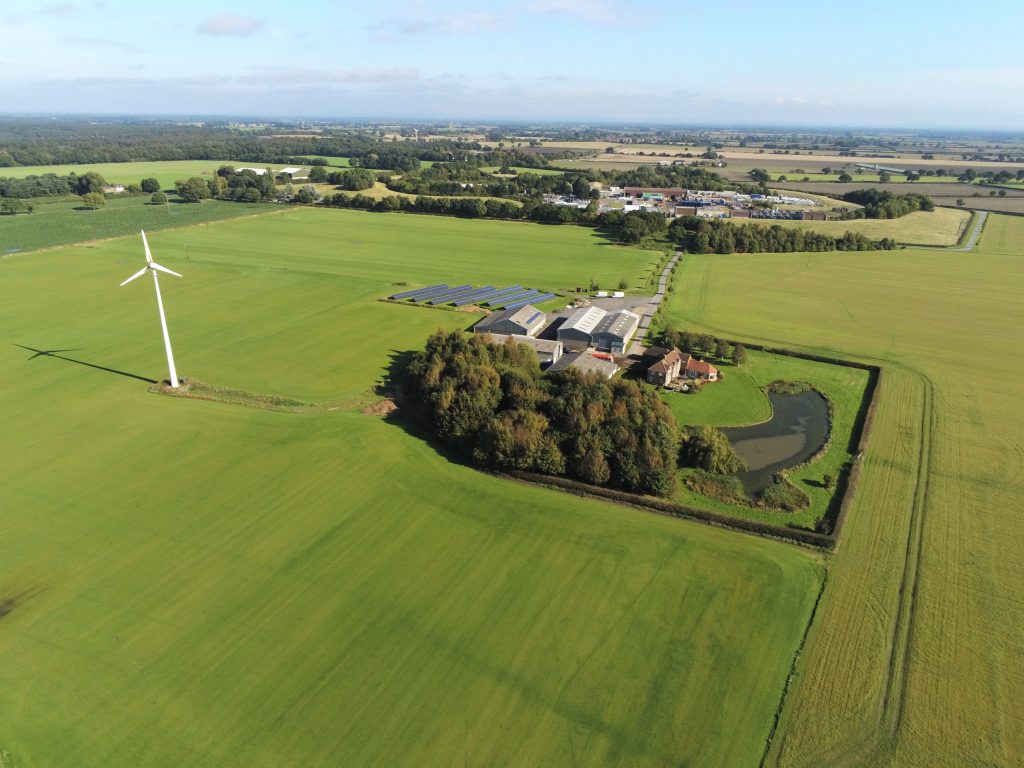Incorporating aerial imaging methods during ‘walkover’ surveys extends the visual range of the surveyor, allowing more information to be captured from angles that simply aren’t possible in a terrestrial visit. Areas that aren’t yet accessible on foot can also be surveyed over safely from the air.
This means surveys are not only more efficient, but the outputs are of a higher quality, including geotagged photos and video flythroughs. The results can lead to more informed decision-making in subsequent programme design, further saving time and costs by reducing the need for redeployments. This is particularly useful on large or complex schemes, or projects with specific time constraints and a need for detailed access planning.
